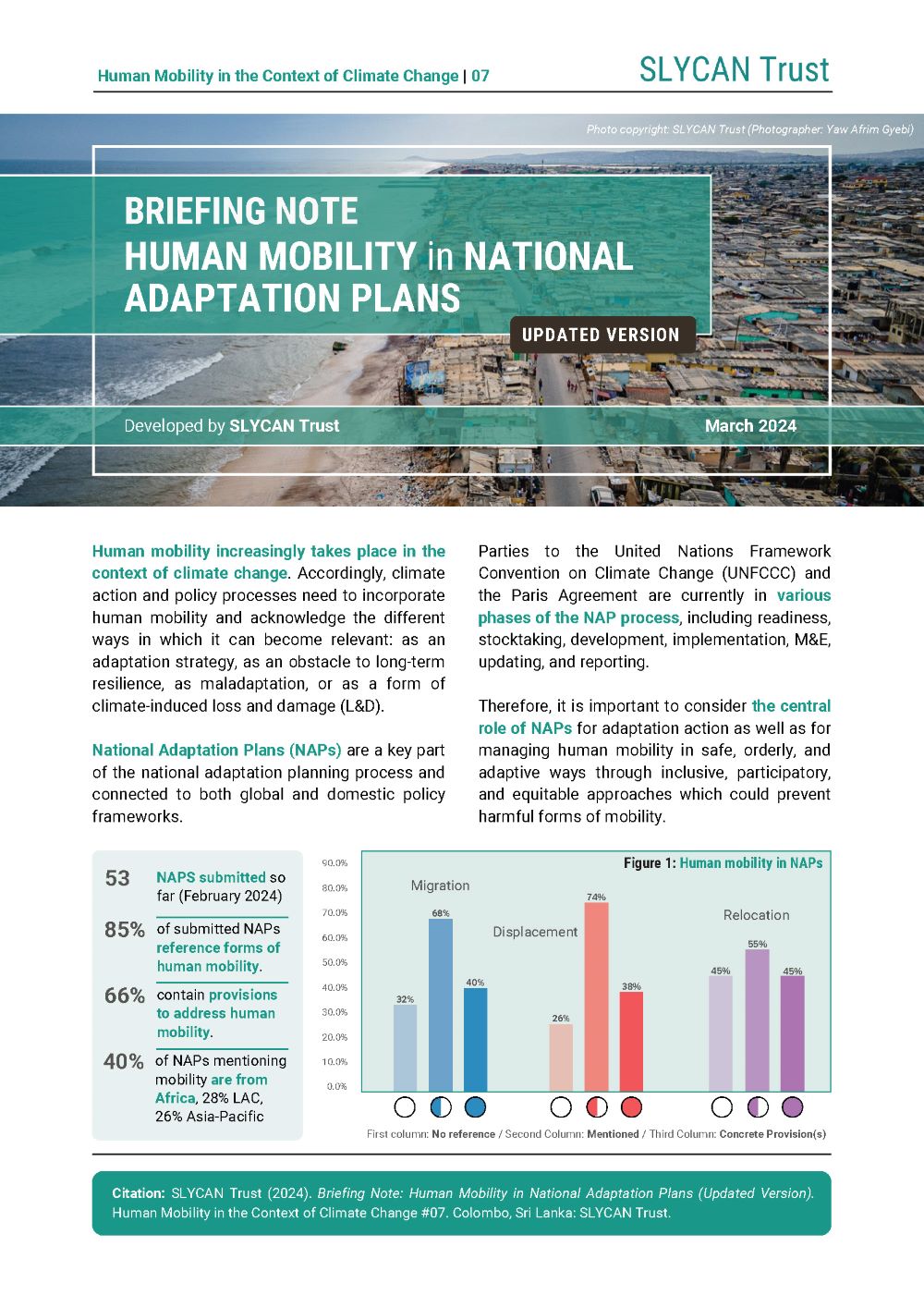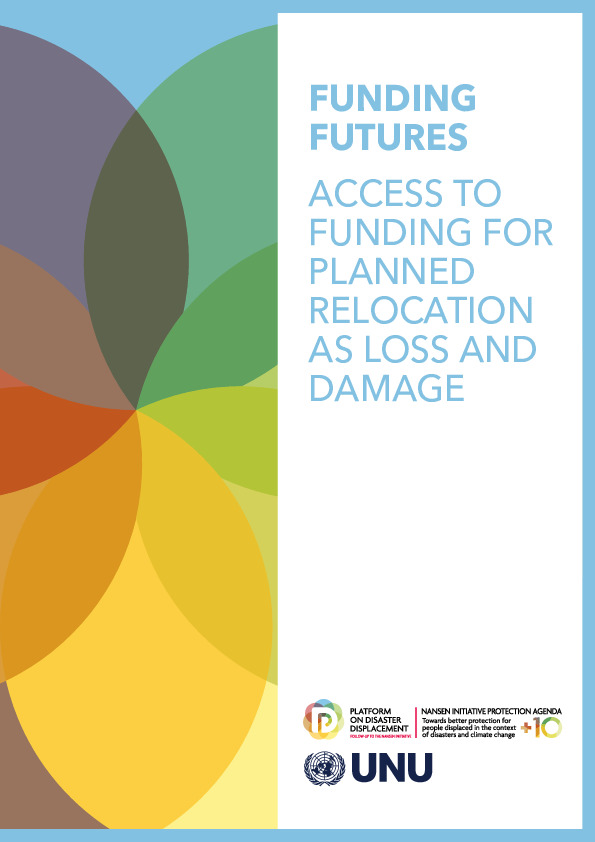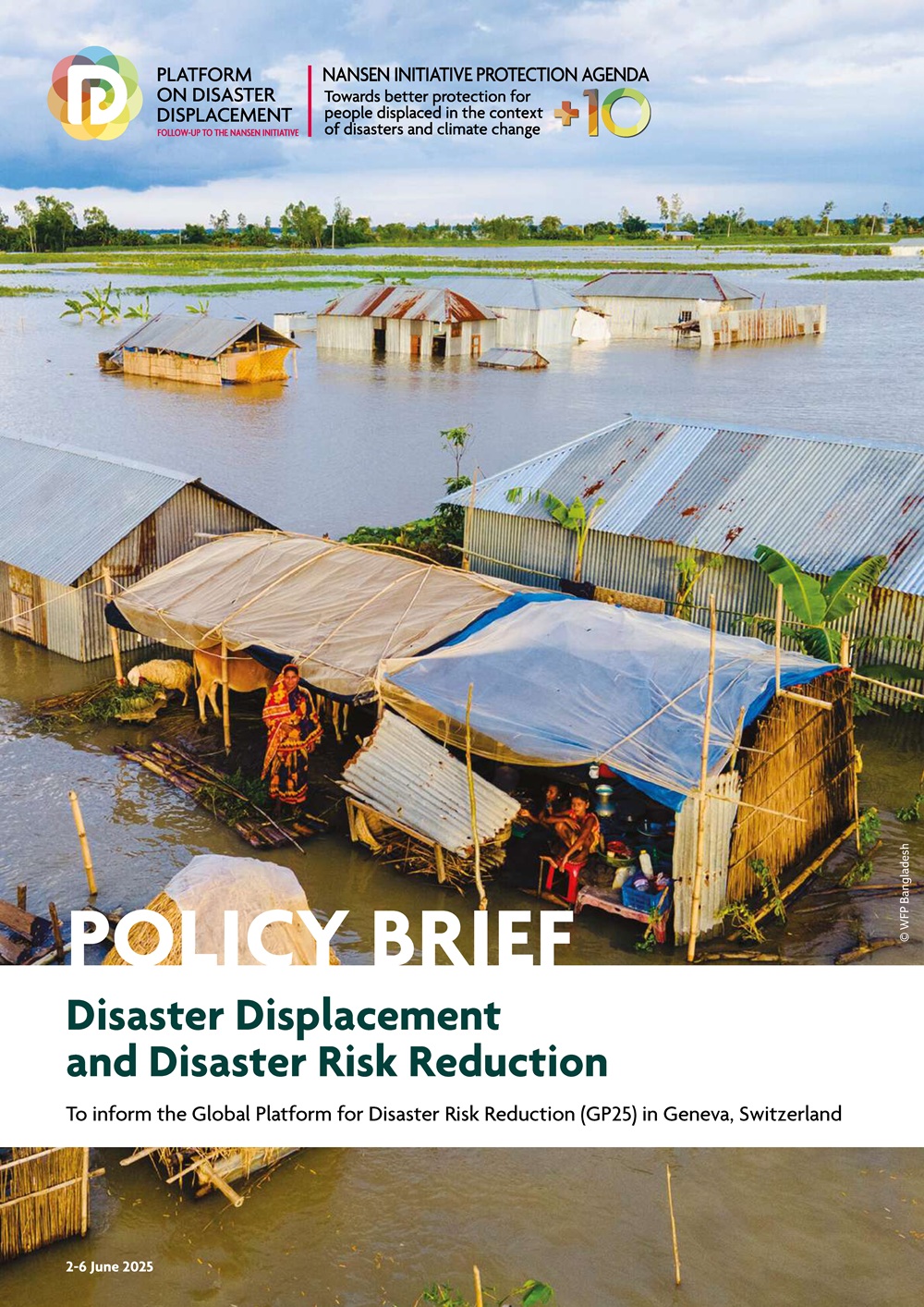Human mobility increasingly takes place in the context of climate change. Accordingly, climate action and policy processes need to incorporate human mobility and acknowledge the different ways in which it can become relevant: as an adaptation strategy, as an obstacle to long-term resilience, as maladaptation, or as a form of climate-induced loss and damage (L&D).
National Adaptation Plans (NAPs) are a key part of the national adaptation planning process and connected to both global and domestic policy frameworks. Out of 53 NAPs submitted to the UNFCCC so far (as of February 2024), 85% reference one or more forms of human mobility. However, only 66% of NAPs contain concrete provisions or commitments to address mobility in some way.
As NAPs serve as a means of identifying and addressing countries’ adaptation needs and developing national strategies and programmes, the integration of human mobility into all their key steps and elements is crucial to ensure that climate-related mobility can be addressed, managed, prevented, or facilitated as part of a holistic policy framework that connects the local, national, and global level and includes data collection, implementation, localization, monitoring and evaluation, and reporting.
This briefing note is an updated version of the one published in March 2023, incorporating all NAPs submitted to the UNFCCC and published on NAP Central since then.





